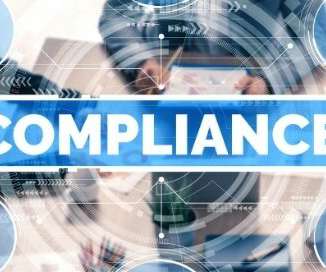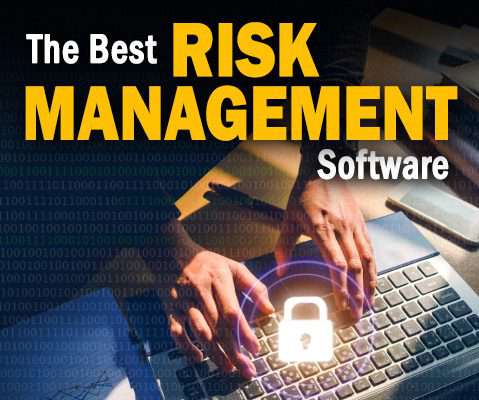Helping Healthcare Organizations Stay Agile and Protect Data
Pure Storage
MARCH 21, 2024
Helping Healthcare Organizations Stay Agile and Protect Data by Pure Storage Blog Imagine that your healthcare business pays $22 million in cryptocurrency to cybercriminals to recover data and systems encrypted in a ransomware attack that targeted a subsidiary, causing massive disruption across the industry. According to the U.S.



























Let's personalize your content